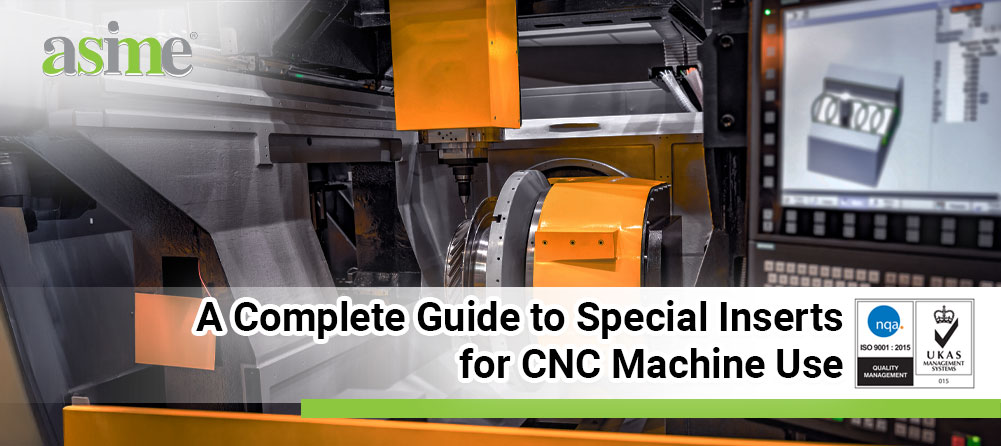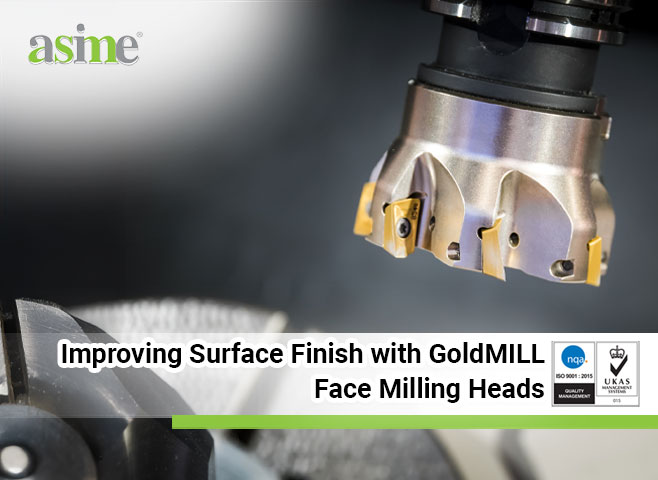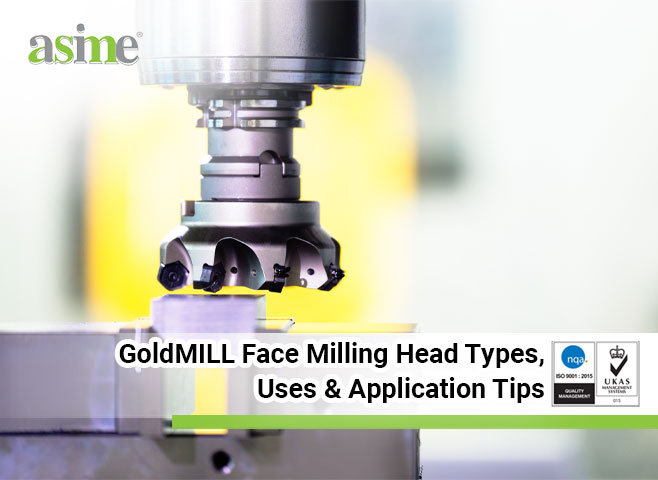
CNC machining is evolving with new tooling technology. A key element of this change is the use of special inserts for CNC machine.
Special inserts are not like standard ones. They are made to address unique challenges in precision cutting. This helps improve efficiency and increases tool life.
These inserts can change the way you work. For instance, they help with complex geometries, tough alloys, and ultra-fine finishes.
Companies seeking high-performance CNC inserts often choose them to stay competitive.
Let’s explore the types of special inserts, their applications, and practical tips for choosing and using special inserts for CNC machine effectively.
Types of Special Inserts
Special inserts can be sorted in different ways. They most often base this on what they do and the materials they use.
Based on Operation
1. Grooving and Parting Inserts
These inserts cut narrow grooves and separate parts from the stock material.
They ensure dimensional accuracy and surface finish while minimizing burr formation.
In the automotive and aerospace sectors, precise grooves matter a lot. So, these inserts are crucial.
2. Threading Inserts
Threading inserts produce both internal and external threads with precision.
Their unique profiles allow for even thread depth and pitch. This is essential for tasks that need strong fasteners or close tolerances.
3. Special Geometry Milling Inserts
These inserts use unique shapes to perform specialized milling tasks.
They might be used for copy milling or 3D profiling. This leads to smoother cutting and lower vibration when working on complex contours.
4. Custom-Formed Profile Inserts
If standard inserts can’t meet the shape needed, manufacturers opt for custom-formed profile inserts.
They are either ground or shaped into exact designs. Thus, this makes them great for producing many unique components.
5. Wiper Inserts
Wiper inserts are optimized for finishing operations.
Their advanced design allows for faster feed rates while keeping surface quality high. This reduces the need for extra polishing or grinding.

Based on Material
1. Polycrystalline Diamond (PCD)
PCD inserts are very hard and work well for non-ferrous materials such as aluminium, copper, and composites.
They offer a long life for tools and create smooth, mirror-like finishes.
This is why they are favored in the automotive and aerospace industries as industrial CNC cutting tools.
2. Cubic Boron Nitride (CBN)
CBN inserts are almost as hard as diamonds. However, they work better with ferrous materials.
They are the go-to choice for machining hardened steels, cast irons, and superalloys where standard carbide tools fail.
3. Ceramic
Ceramic inserts resist heat well. They’re often used for high-speed machining of cast irons and hard steels.
They withstand extreme cutting temperatures but require stable machining conditions to prevent chipping in advanced CNC machining inserts.
4. Cermet
Cermet inserts are made from a mix of ceramic and metal materials. They offer strong wear resistance and a smooth surface finish.
For instance, they are perfect for finishing operations in steel and stainless steel.
Tool life and accuracy are key in these applications where CNC machining efficiency matters.
How to Choose and Use Special Inserts
Choosing the right insert depends on a few key factors.
These are the types of operation, the material of the workpiece, and the balance between cost and performance.
So, here’s how you can make informed decisions.
1. Analyze the Application
Start by identifying whether the task requires grooving, threading, profiling, or finishing.
Each operation needs inserts made for the job. Thus, this helps prevent early wear and keeps quality high.
2. Evaluate Workpiece Material
Different materials respond differently to cutting forces and heat.
For instance, non-ferrous materials work well with PCD. In contrast, hardened steels often need CBN or ceramic inserts.
Thus, matching the insert to the material ensures optimal performance.
3. Prioritize the Cutting Operation
Roughing
For roughing operations, select inserts with tough edges. These are made to manage heavy material removal and endure high cutting forces.
Finishing
Finishing inserts should prioritize surface quality. Wiper inserts or cermet tools can achieve excellent finishes with reduced cycle times.
High-Feed Milling
When speed is a priority, high-feed milling inserts with reinforced geometries are ideal. They allow aggressive feed rates without sacrificing tool life.
4. Balance Cost and Performance
Special inserts might cost more initially, but they can save money in the long run. They improve efficiency and help reduce downtime.
Always calculate the cost per part rather than focusing only on the tool’s price.
5. Test and Optimize
No two machining environments are identical. It is essential to run trials, monitor tool wear, and adjust cutting parameters.
Continuous optimization ensures consistent performance and maximizes return on investment.

Driving CNC Performance with Special Inserts with Asime
In short, CNC machining relies on precision and reliability. The right tools are crucial for achieving both.
Special inserts for CNC machine use improve efficiency, extend tool life, and deliver great results in tough jobs.
Asime is here to help your business with top-quality special inserts and custom solutions for your machining needs.
Get in touch with us today. We’ll show you how to boost your performance and ensure consistency in every project.
Suggested read: How to Choose Between Custom Inserts and Turning Inserts






